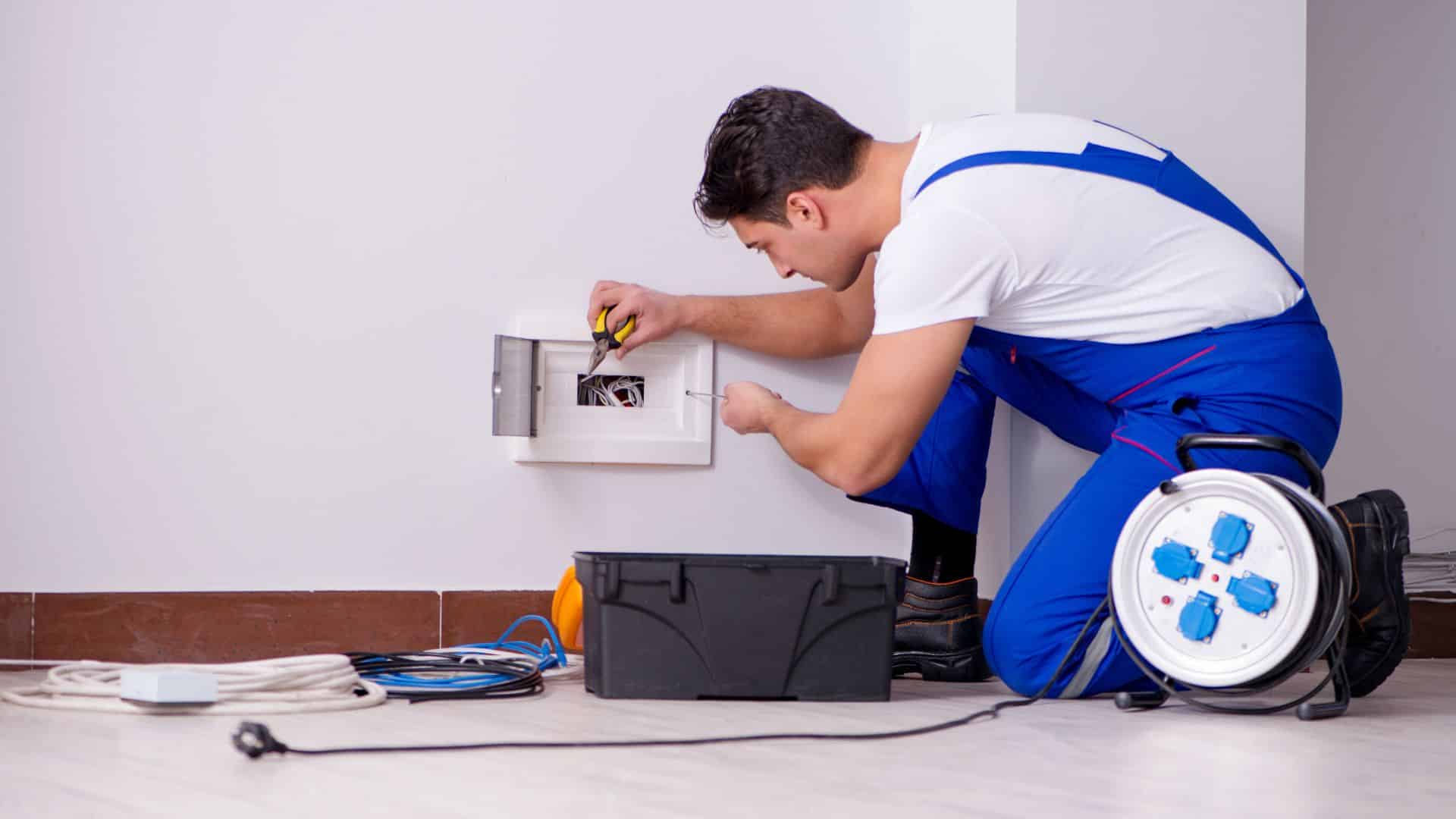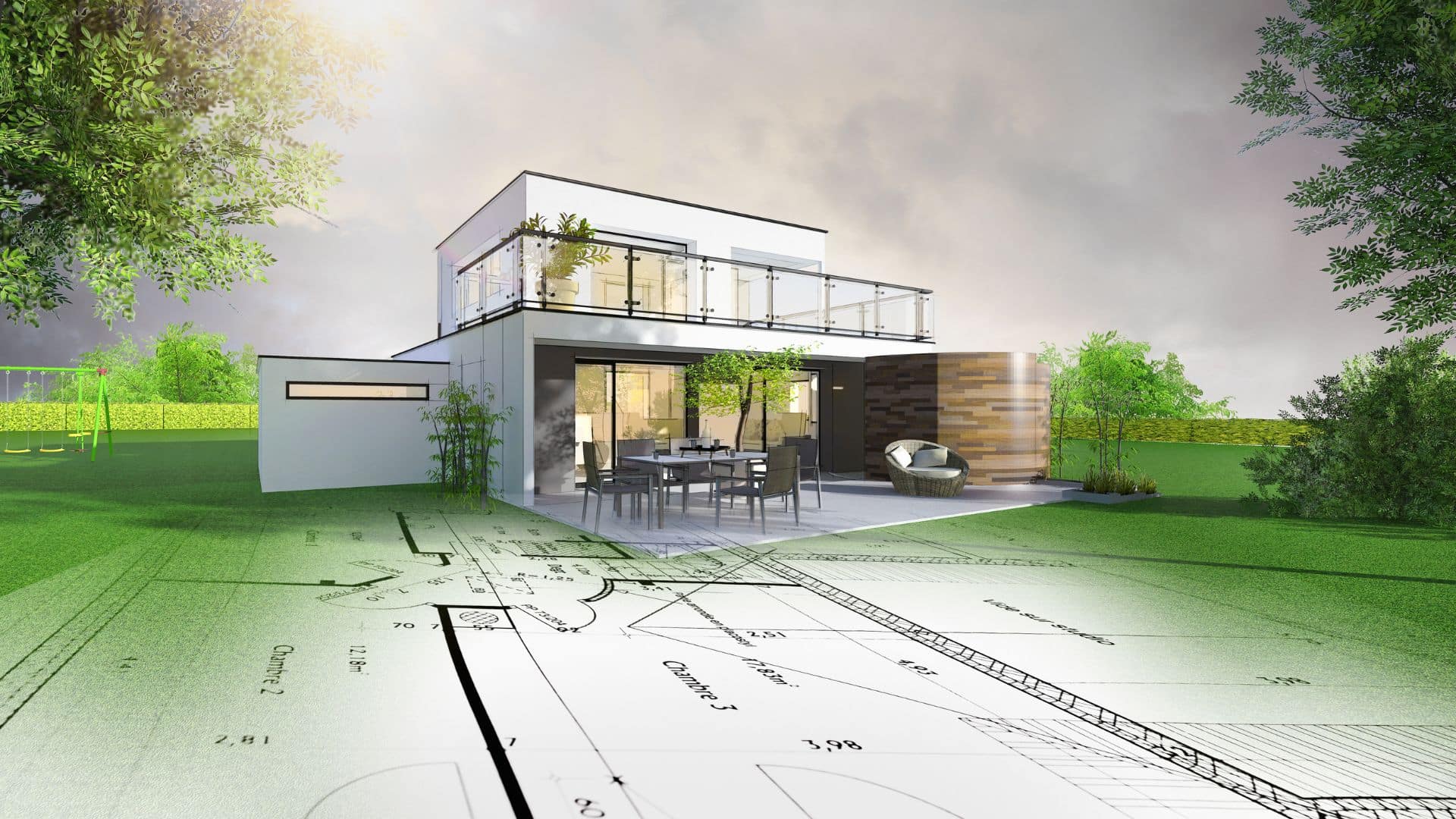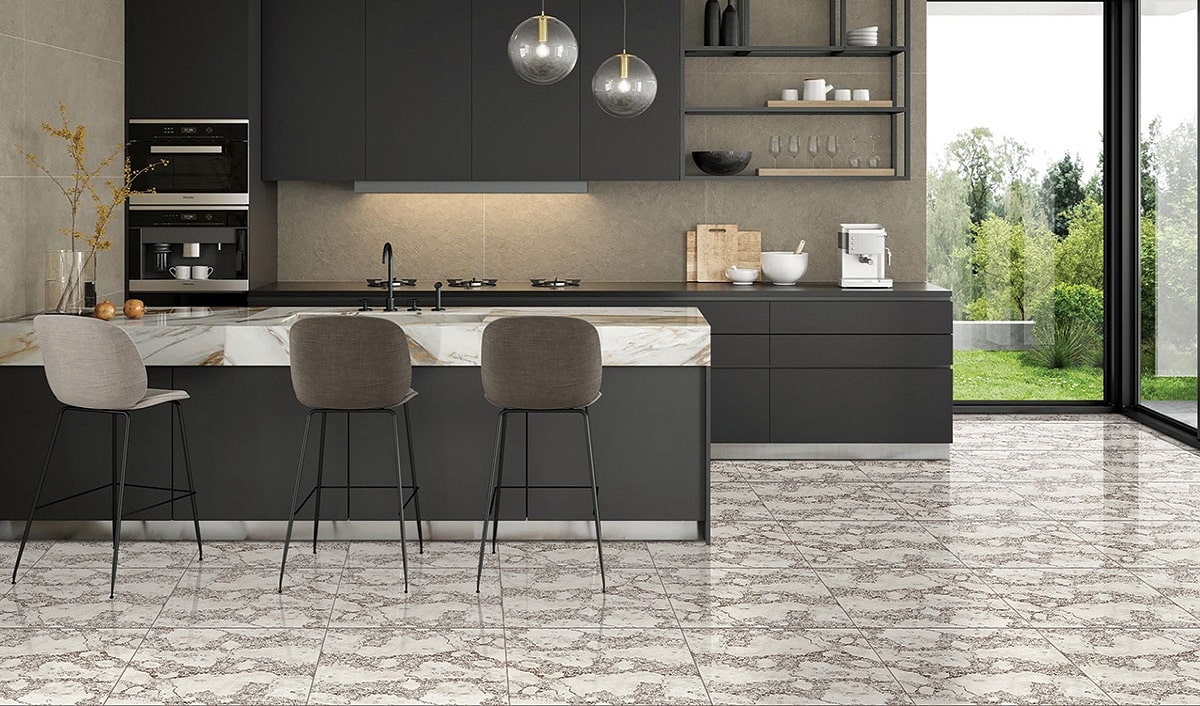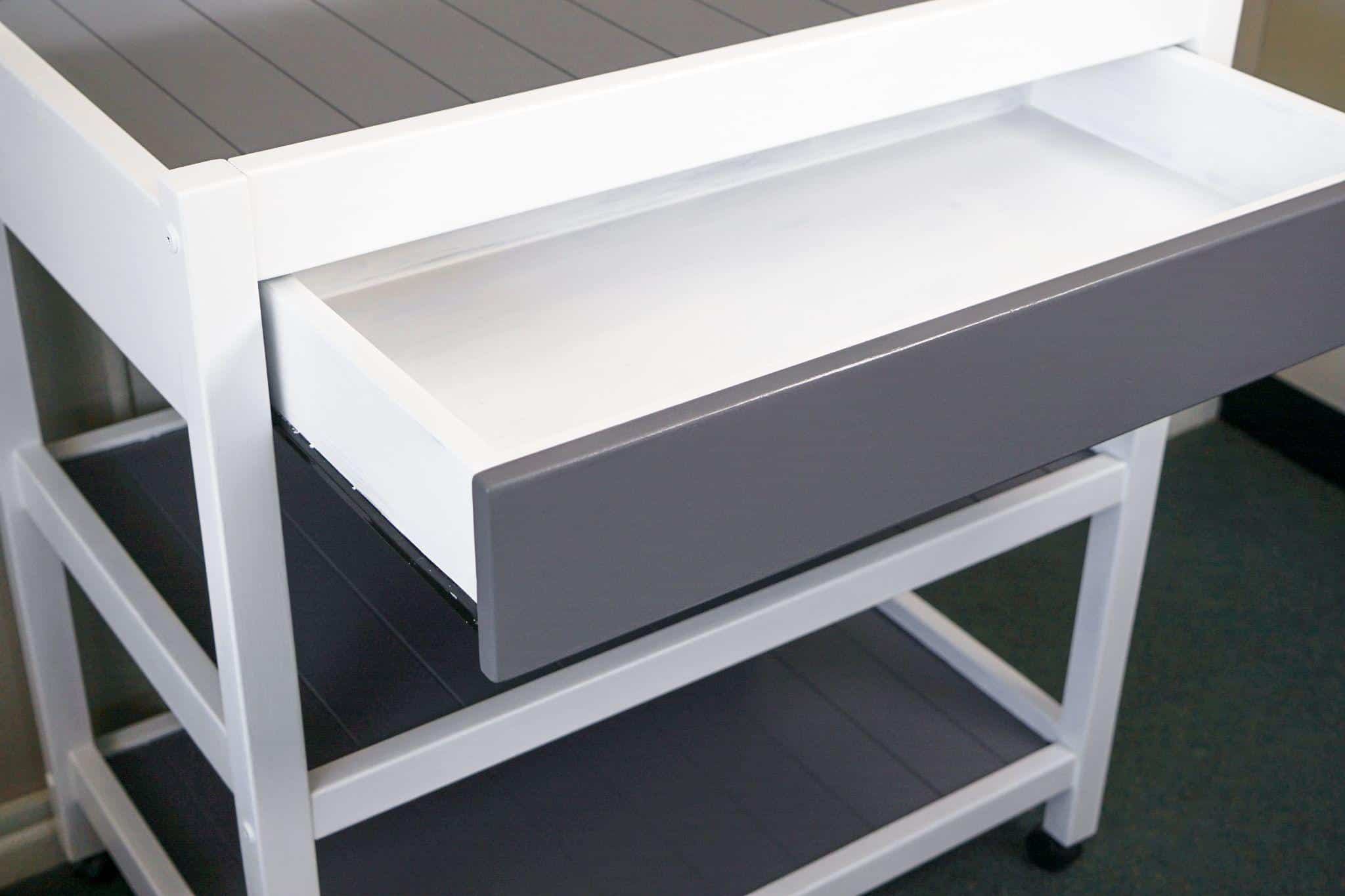Keep the Lights On! Surge Protection Essentials for Your Home Lighting
When lightning strikes or the power fluctuates unexpectedly, your home’s lighting can suffer serious damage if unprotected.
Power surges, which are sudden increases in voltage, can harm or even destroy lighting systems, from bulbs to intricate wiring.
Protecting your home lighting from these surges isn’t just about preserving brightness; it’s also a matter of safety and efficiency. Here’s how you can ensure your home lighting remains shielded from damaging electrical surges.
Upgrade Your Fuse Box with Surge Protection
One of the best defences for your lighting system is a fusebox that offers surge protection. Modern fuse boxes come with built-in protection mechanisms designed to block or absorb excess voltage, safeguarding all connected lighting circuits.
Having surge protection within the fusebox means that every light in the house has a shield from sudden spikes, whether caused by external forces or internal electrical issues.
Consider exploring a fusebox range that includes these protections, as it’s often easier and more efficient to install a fuse box equipped with surge protection than to add individual devices later.
Such a fuse box acts as the main line of defence, covering all lights connected to your home’s electrical network.
Whole-House Surge Protector
A whole-house surge protector, installed near your main electrical panel, complements the fusebox’s protection. This device defends your lighting and other connected appliances from severe surges, such as those caused by lightning.
When lightning strikes, it can send thousands of volts surging through your home’s wiring, causing extensive damage to any unprotected lighting fixtures. With a whole-house surge protector, you can block high voltage from entering your home circuits altogether.
This approach is particularly beneficial if you live in an area prone to frequent lightning or have invested in high-quality, expensive lighting. It acts as a backstop, preventing voltage fluctuations from impacting anything plugged into your home’s power.
3. Surge-Protected Power Strips
For additional security, use surge-protected power strips for lamps and any lighting that plugs directly into wall outlets. Power strips with surge protection are handy for plug-in lighting setups, particularly for rooms with multiple lamps or smart lights.
Look for models with a high joule rating; the higher the rating, the more energy it can absorb from surges, providing more protection for your lights.
Surge-protected strips are affordable and easy to replace, making them a practical solution for spaces where you need extra protection without extensive installation work.
4. Ensure Proper Grounding
Proper grounding in your home’s electrical system is a foundational element of surge protection. Grounding directs excess electricity safely into the earth, away from your lighting and other systems.
Without correct grounding, surge protection devices may not function effectively, as they rely on this route to handle excess voltage.
Consulting an electrician to check your home’s grounding can improve the effectiveness of any surge protection method, giving you peace of mind that your lighting system is as secure as possible.
Final Thoughts
By layering surge protection for your lighting, from the fusebox to individual fixtures, you’re not only securing brightness but also enhancing your home’s safety and efficiency.
Every layer, whether it’s a whole-house surge protector, grounded fuse box, or surge-protected power strip, plays a part in safeguarding your home lighting from power surges. Taking these measures means your home lighting will stay on and stay safe, even during the most unpredictable electrical events.







